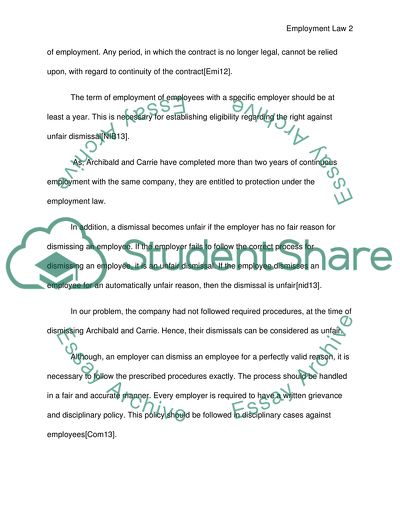Cite this document
(Discrimination and Conflict in Employment Law Essay, n.d.)
Discrimination and Conflict in Employment Law Essay. https://studentshare.org/law/1800292-discrimination-and-conflict-in-employment-law
Discrimination and Conflict in Employment Law Essay. https://studentshare.org/law/1800292-discrimination-and-conflict-in-employment-law
(Discrimination and Conflict in Employment Law Essay)
Discrimination and Conflict in Employment Law Essay. https://studentshare.org/law/1800292-discrimination-and-conflict-in-employment-law.
Discrimination and Conflict in Employment Law Essay. https://studentshare.org/law/1800292-discrimination-and-conflict-in-employment-law.
“Discrimination and Conflict in Employment Law Essay”. https://studentshare.org/law/1800292-discrimination-and-conflict-in-employment-law.


